Latest Posts
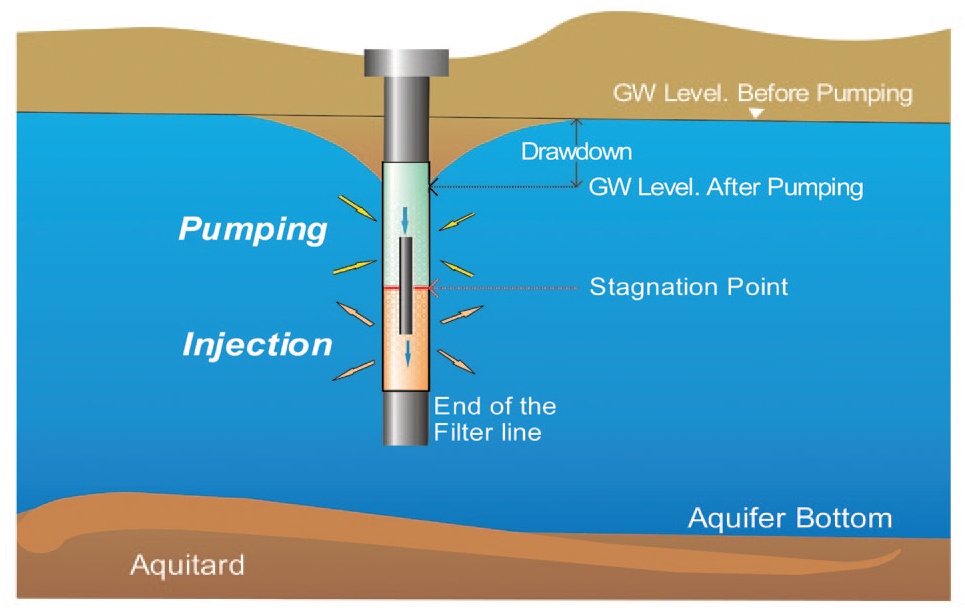
Lowering Water Levels by not Taking Away the Water
Düsensauginfiltration (DSI) is a novel technique for lowering water levels at mining and construction sites while not actually having to transport the water away from these sites. This came to my attention at the latest COMSOL Conference in Stuttgart. There, Ph.D. student Yulan Jin and Assistant Professor Dr. Ekkehard Holzbecher from the Georg-August University in Göttingen, Germany was presenting their research into this groundwater lowering technique.
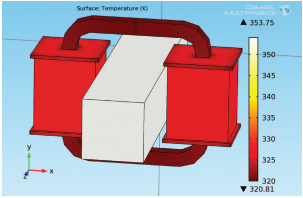
Investigating the Fundamentals of an “Old” Technology
Transformers were first commercially used in the late 1800’s, but they are still being investigated at their fundamental levels. One of the stories from our latest COMSOL News concerns ABB (who themselves have been around since the late 1800’s) and their research into these apparatuses.

Singing Sand Leads to Many Questions
I know, I know… I should spend the weekend relaxing. But every place I visit offers me a variety of natural phenomena I wasn’t aware of and, as an engineer and a multiphysics enthusiast, I can’t help but sit in the sun jotting down a list of the physics involved – possible coupling mechanisms, boundary conditions, materials, and so on (we talked about stereotypes attached to engineer on our Facebook page in May).
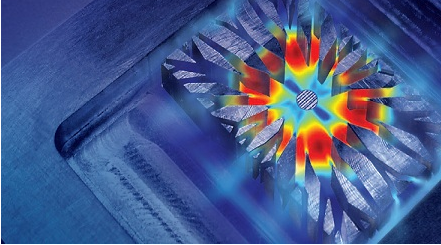
A Cooling Story for These Sweltering Days
I have just come back from a bit of a vacation and boy was it hot! Here, a large part of the US has been going through record high temperatures and most of my time was spent trying to keep cool. How nice then to mention a story about cooling.
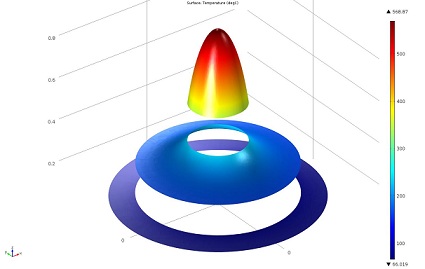
Space Fuel: Oak Ridge National Laboratory to Produce Plutonium-238
The end of July marks the beginning of a $20 million R&D project led by the Oak Ridge National Laboratory (ORNL) to produce and process plutonium-238. The U.S. space program will be using the Pu-238 that is to be produced by ORNL as fuel for future deep-space missions.
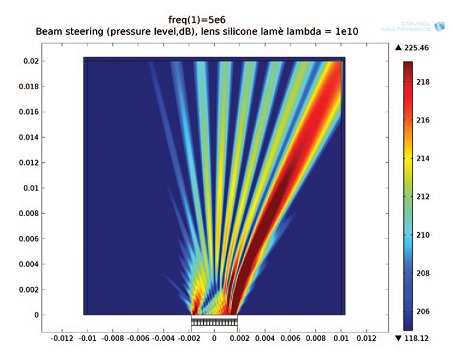
Improving Ultrasound Imaging Systems by Directing Sound Waves
In an earlier blog post, I commented on how acoustic waves are being used in a biomedical setting, to identify malaria in small fluid samples. A more traditional use of piezoelectric devices was written about in the latest COMSOL News. Here, an Italian company, Esaote S.p.A., uses them to produce improved ultrasound imaging systems.

Inventing Makes use of Simulation
One of the interesting stories to come out of the latest COMSOL News concerned a couple of great researchers, Dr. Ozgur Yildirim and Dr. Zihong Guo, and how they use simulations in their inventing process. They work in an invention/prototype laboratory in Bellevue, WA for Intellectual Ventures, a global leader in the business of invention.

SAWs are also used to Manipulate and Mix
I have always connected Surface Acoustic Waves (SAWs) as phenomena useful for sensors; where SAW devices act as the medium that transfers mechanical energy (of what you’re measuring) to electrical (what’s used to measure it). SAWs would occur at the surface of a piezoelectric device, mechanically changing it, and then the resulting electrical behavior would be used to provide the measurement. We have a great example that shows how such things can be modeled in a SAW gas sensor.
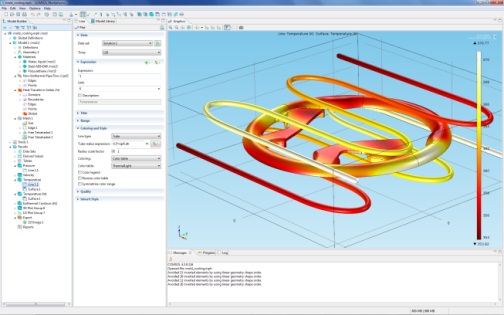
The Secret Sauce in the Pipe Flow Module
We developed COMSOL Multiphysics to empower the engineering and science communities with state-of-the-art simulation tools. A key ingredient of this empowerment is flexibility. COMSOL users are already well aware of the full compatibility between various physics. This means you can put any (yes, really any) combination of COMSOL physics together. But that’s not the only way our multiphysics simulation tool is flexible.
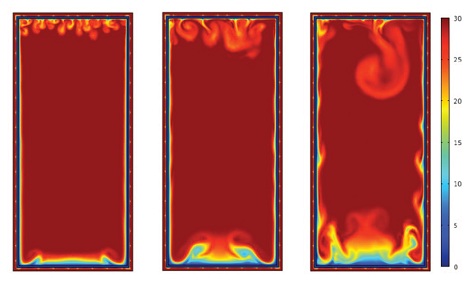
A Cool Way to Consider the Environment
According to a study done by Brunel University in the United Kingdom, the food sector is among the top five energy-consuming industries. The transportation of food, including keeping it refrigerated, is one of the larger contributing factors to this energy-consumption and subsequent greenhouse gas emissions.
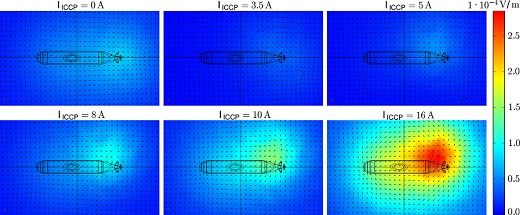
Another Danger with Corrosion
One dangerous aspect of corrosion is that it can compromise the stability of structures, which is particularly relevant in the naval industry, where material failure leads to leaks. However, another danger of corrosion has recently become apparent.
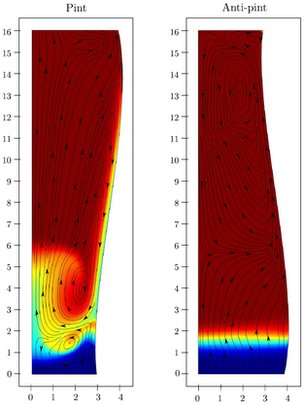
Model Explains the Sinking of Bubbles in Guinness
Before you drink your next pint of Guinness, have a close look at the bubbles in the brew, and see if they sink. Apparently they do. Now a group of scientists from the University of Limerick in Ireland (where else?) has modeled the phenomenon of sinking bubbles in Guinness beer to lend weight to this finding and provide a theoretical explanation.

Follow-Up on Venus Transit of the Sun 2012
After reading about the COMSOL users over at MACCOR in David’s blog post I decided to watch Venus’ transit of the Sun live via their online stream from Tulsa, OK. This was a once in a lifetime opportunity that I, like many people around the world, did not want to miss.
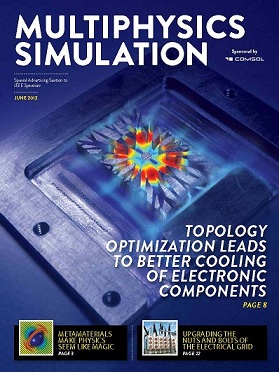
IEEE Spectrum’s Insert Cover Story Optimizes Electronics Cooling
The June issue of IEEE Spectrum included an insert focused on Multiphysics Simulation. This included a feature on cooling in hybrid cars, articles about metamaterials, the smart power grid, as well as biomedical applications.
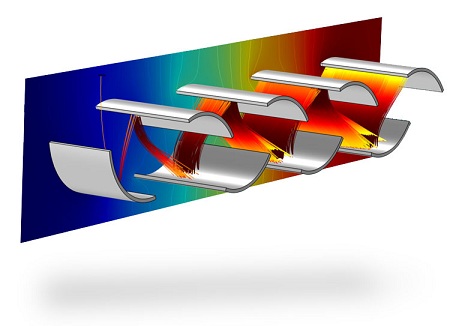
News in Particle Tracing for 4.3
There are many exciting new features in the Particle Tracing Module for COMSOL Multiphysics version 4.3. The secondary particle emission feature is particularly fascinating. “This new option for the Wall Condition allows you to model filter multipliers and multipactors, which were previously very difficult to model”, says Dan Smith, Development Team Leader at COMSOL. A mathematical expression, like a logical expression containing the particle energy for instance, can be used to determine the number of secondary particles to be released. […]
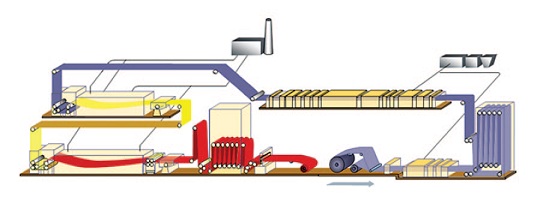
Giving the Power of COMSOL to the Operator
COMSOL News is now available in print and electronically, and you can request your copy of the multiphysics simulation magazine here. One of the great stories concerns a process engineer at Ruukki Metals in Finland, Mika Judin, who not only uses COMSOL to model and optimize his process, but lets the operators use the simulation too.
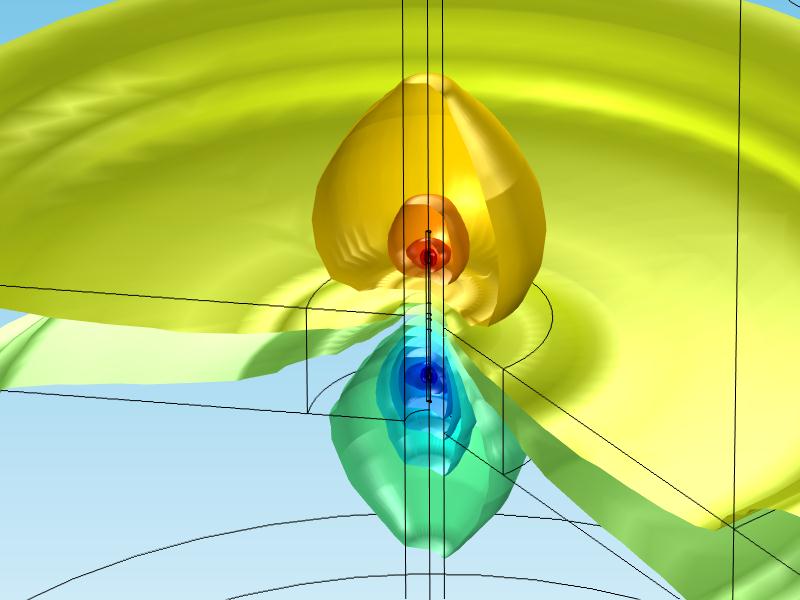
Report from Well Logging Workshop in Houston
On the 17th of May, 27 engineers and scientists related to the oil and gas industry gathered in Northwest Houston to learn more about COMSOL Multiphysics applications for well logging. This area of research and development is of particular interest to the oil services companies, who make tools that help maximize the output from wells. These tools are highly advanced technological devices. They work by being inserted into a wellbore and detecting how much hydrocarbon (e.g., oil) is in the […]
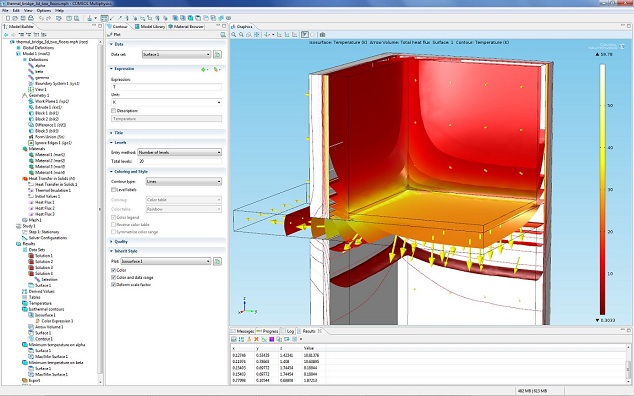
Heat Transfer: Accounting for the Radiation of the Sun
Knowing the sun’s radiation and thermal effects is very important to designers within the building industry, especially in designing “green” buildings. Heat transfer also plays a vital role in designing outdoor devices in terms of maintaining temperatures in extreme hot or cold environments. To use the words of Nicolas Huc, project leader for the Heat Transfer Module development at COMSOL in France: “it makes a huge difference if you forget to take the sun’s radiation into account.”
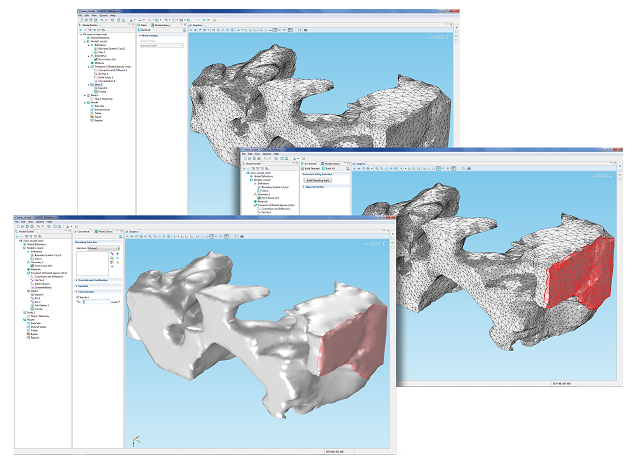
The Difficulties with Working with Nanoparticles
When it comes to the design of batteries, we want to maximize charge while minimizing volume and weight. The use of nanoparticles can help achieve these goals. However, as I was just reading in one of my favorite websites, Phys.org, it is very difficult to control the material properties when working with nanostructures.

Are you Ready for the June 5th Venus Transit of the Sun?
“At 5:00 central time, June 5th 2012, Venus will transit the sun. It will not do so again until December 2117. The task at hand is to provide a live webcast of the transit as seen from Tulsa, OK.”
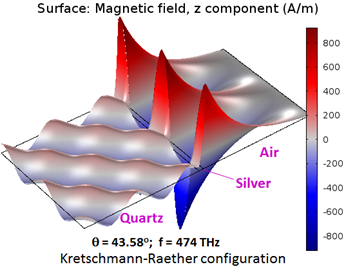
AltaSim Takes on Surface Plasmon Resonance Modeling
We’ve just got another finished article and layout back for COMSOL News and it looks as great as the others, but for different reasons. We usually ask a couple of our partners to write an article for COMSOL News to provide users with some more technical background to modeling. AltaSim Technologies, who are certified consultants and even run courses in COMSOL, have written an article about surface plasmon resonance.
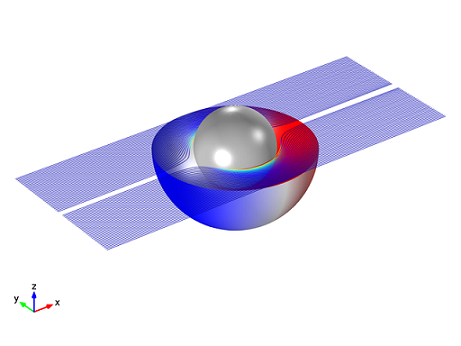
Design Materials to Exhibit Wanted Properties
I’ve just been reading my favorite news service, www.physorg.com, and noticed that cloaking is once again the topic of the day. While we have previously reported on a group out of Duke University, this article mentions a group from Ames Laboratory in Iowa. Similar to the Duke Group, Costas Soukoulis from Ames Laboratory also seems to have been at the forefront of this research.
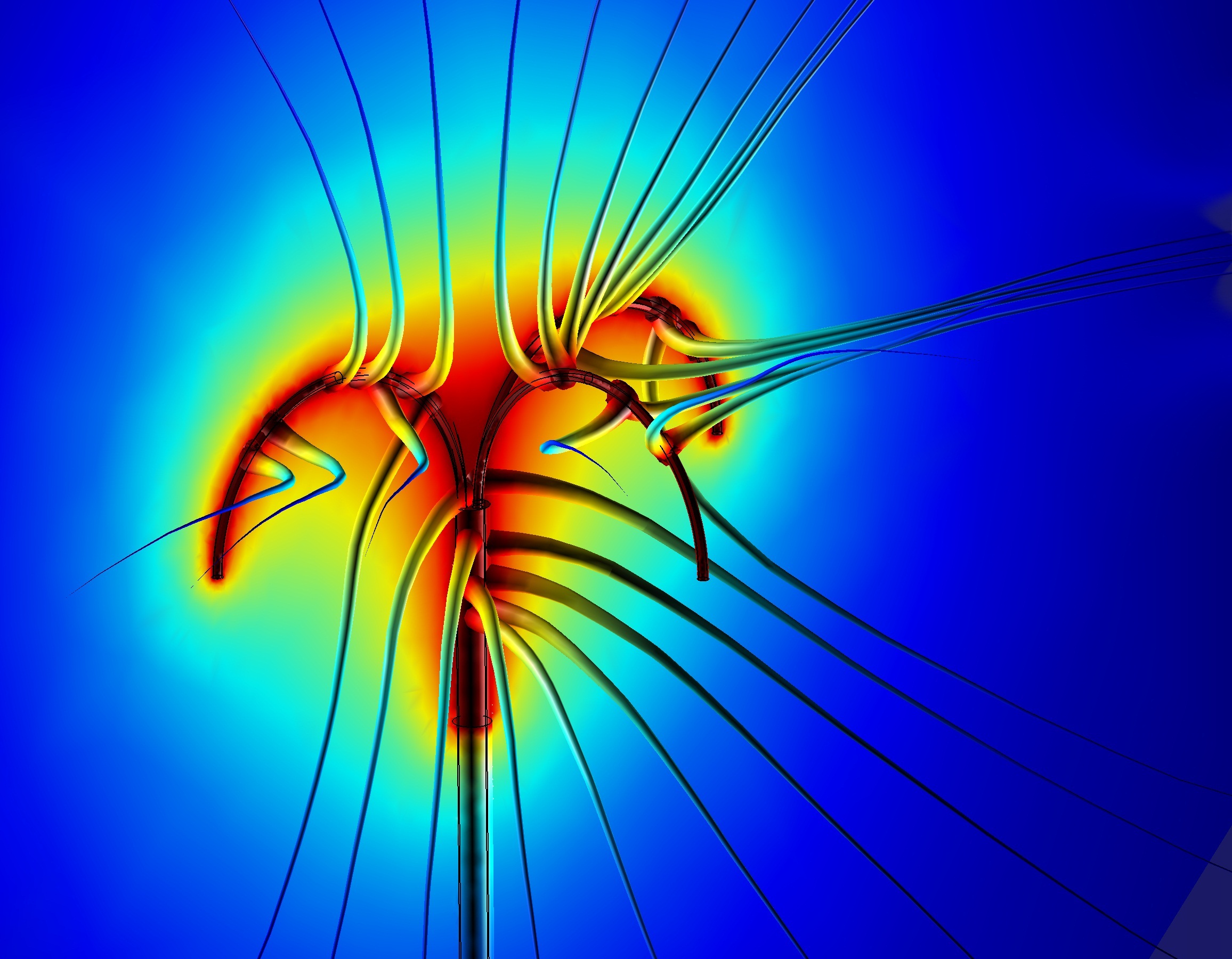
Therapeutic Heat, Electromagnetic and Electrochemical Treatment
A couple of days ago I blogged about the team at Lahey Clinic who are using COMSOL Multiphysics to model their neuromodulation therapy of patients. In their example, they place electrodes close to the spine and, through electric current, stimulate the area around these electrodes to relieve back pain. The reason why modeling is important for them is because it’s quite difficult to actually access these treatments to measure their effectiveness and possible detriments.
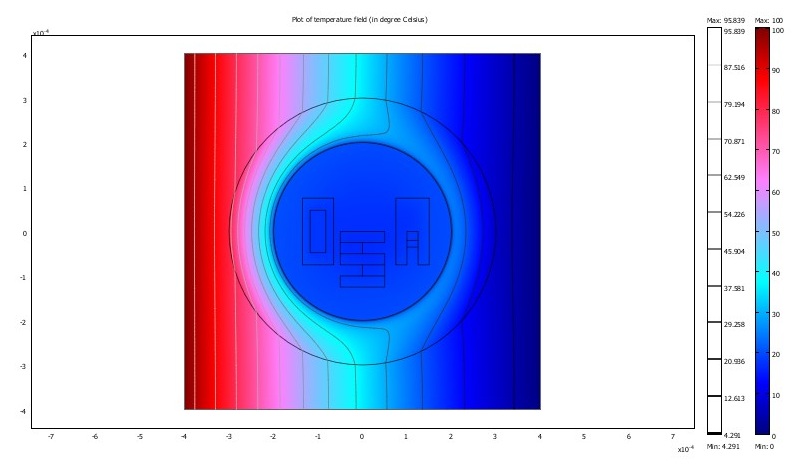
Now There’s Thermal Cloaking
As an avid reader of the physorg.com blog, I was pleasantly surprised to see a figure show up that could only have been made with COMSOL Multiphysics. Reading the article on thermal cloaking, I understood why.
